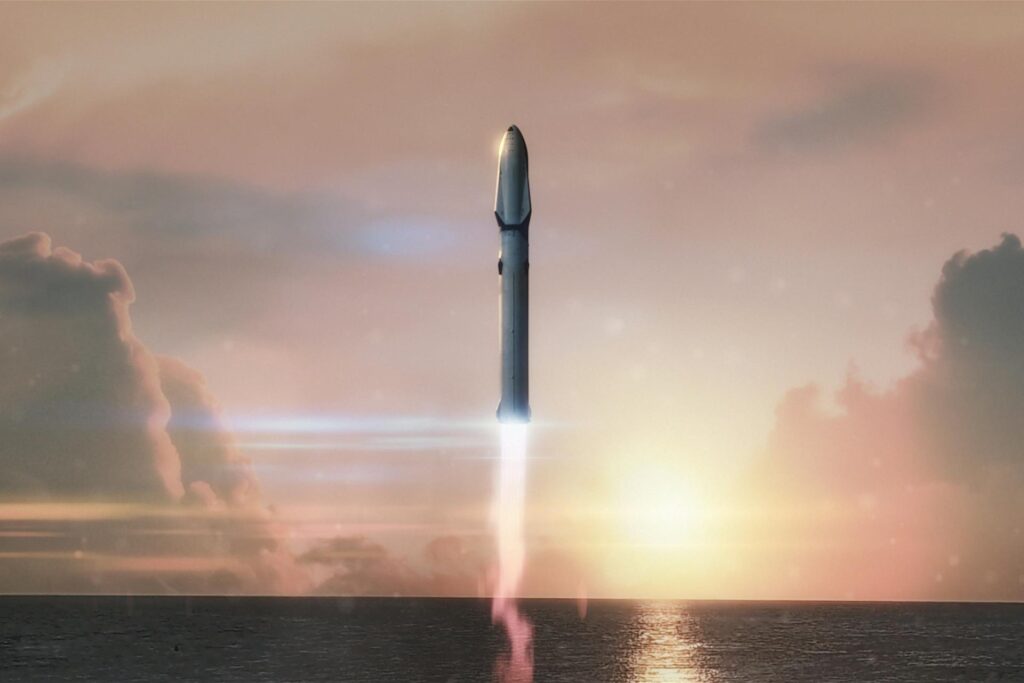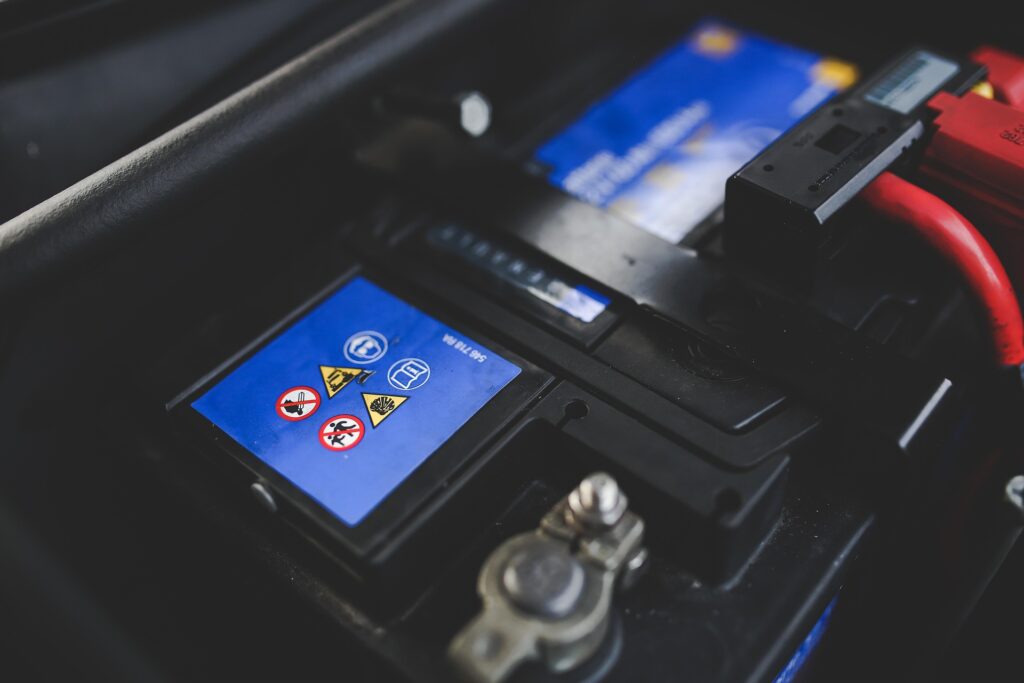Introduction
Space exploration has always been a challenge, with long travel times being one of the biggest obstacles. However, Russia is now working on a revolutionary plasma engine that could significantly reduce travel time to Mars. This breakthrough technology has the potential to change the way we explore space, making missions faster and safer. The development of this plasma engine marks a major step forward in interplanetary travel, promising not only reduced travel time but also increased efficiency and safety for astronauts.
What is a Plasma Engine?
A plasma engine is a type of propulsion system that uses ionized gas (plasma) to generate thrust. Unlike traditional chemical rockets, which rely on combustion, plasma engines use electromagnetic fields to accelerate charged particles, achieving much higher speeds. This type of propulsion is not new, but recent advancements in technology have made it more practical and powerful.
How Does It Work?
- Ionization Process – The engine ionizes a gas, usually hydrogen, by stripping electrons from atoms.
- Acceleration – The charged particles are then accelerated using electromagnetic fields.
- Thrust Generation – The accelerated ions are expelled, creating thrust and propelling the spacecraft forward.
This method allows for greater efficiency and speed compared to conventional rockets. Since plasma engines do not rely on combustion, they produce minimal waste and operate with higher efficiency, making them a sustainable option for deep-space missions.
Russia’s Breakthrough Plasma Engine
Russia has recently unveiled a prototype of a powerful plasma engine that could enable a spacecraft to reach Mars in just 30 days. This is a significant improvement over current methods, which take between 7 and 9 months. The ability to reach Mars so quickly would make long-duration space missions far more practical and achievable.
Key Features of the Russian Plasma Engine
- High Efficiency – Uses hydrogen as fuel, ensuring minimal energy waste.
- Fast Travel Time – Reduces Mars travel to one month.
- Lower Radiation Exposure – Shorter trips mean reduced exposure to harmful cosmic radiation.
- Sustainable Fuel – Hydrogen is abundant and can potentially be harvested from space.
- Less Propellant Mass – Unlike chemical rockets that require large amounts of fuel, plasma engines need much less, reducing spacecraft weight.
Testing and Development
Scientists have successfully built a laboratory prototype of the plasma engine. The next step involves extensive testing in vacuum chambers to simulate space conditions. The goal is to develop a flight-ready model by 2030. The testing process will be rigorous, as engineers need to ensure that the plasma engine can operate reliably in the harsh conditions of space.
Russian scientists are optimistic about the potential of this technology and believe it could become the primary propulsion method for future Mars missions. If successful, this engine could be adapted for longer space journeys, including missions to the outer planets and even interstellar travel.
Why This Technology Matters
Faster Space Travel
The ability to reach Mars in 30 days opens up new possibilities for space exploration. It could make missions to other planets more feasible and efficient. The reduction in travel time would also mean that astronauts would spend less time exposed to microgravity, which can cause muscle atrophy and bone density loss.
Reduced Risks for Astronauts
A shorter journey means astronauts will spend less time exposed to cosmic radiation and microgravity, reducing health risks. Radiation exposure is one of the biggest concerns for deep-space missions, and reducing the travel duration significantly mitigates this risk.
Potential for Deep Space Exploration
With such powerful propulsion, exploring beyond Mars could become a reality. Missions to Jupiter, Saturn, and beyond could be completed in years instead of decades. This opens up possibilities for establishing human presence on more distant celestial bodies, including moons such as Europa and Titan.
Comparison with Other Propulsion Technologies
| Technology | Travel Time to Mars | Fuel Type | Efficiency |
|---|---|---|---|
| Chemical Rockets | 7-9 months | Liquid Fuel | Low |
| Ion Thrusters | 6 months – 1 year | Xenon Gas | Moderate |
| Nuclear Thermal | 3-4 months | Nuclear Fuel | High |
| Plasma Engine | 30 days | Hydrogen | Very High |
Challenges and Future Prospects
Despite its advantages, plasma engines still face some challenges:
- Power Supply – Requires a strong energy source, possibly nuclear power.
- Cost – Developing and testing new technology is expensive.
- Spacecraft Adaptation – Existing spacecraft designs may need modifications to incorporate plasma engines.
However, scientists are optimistic that these challenges will be overcome, making plasma propulsion a key technology for future space missions. The progress in nuclear fusion and solar power could provide the necessary energy source for these engines, making them a viable option for deep-space travel.
Impact on Space Missions
Manned Mars Missions
A plasma engine-powered spacecraft could allow astronauts to travel to Mars and return within a few months, making manned missions more practical. This would greatly improve the feasibility of colonizing Mars and setting up long-term research bases on the planet.
Space Tourism
With faster travel times, space tourism could become a reality. A trip to Mars might be possible for civilians in the near future. Wealthy individuals and space agencies alike are already investing in the future of commercial space travel.
Interstellar Exploration
Plasma engines could pave the way for missions beyond our solar system, bringing us closer to discovering habitable exoplanets. With continued advancements in propulsion, humanity may one day explore neighboring star systems.
FAQs
1. How does a plasma engine differ from a chemical rocket?
A plasma engine uses ionized gas and electromagnetic fields for propulsion, whereas chemical rockets rely on combustion.
2. Why is reducing travel time to Mars important?
Shorter travel times reduce radiation exposure, lower costs, and make manned missions more feasible.
3. When will Russia’s plasma engine be ready for space travel?
Scientists aim to develop a flight-ready model by 2030, with extensive testing in the coming years.
4. Can plasma engines be used for deep space exploration?
Yes, their high efficiency and speed make them ideal for long-distance missions beyond Mars.
5. What challenges does plasma engine technology face?
Power supply, cost, and spacecraft adaptation are the main challenges that need to be addressed.
Russia’s plasma engine represents a major leap in space technology. If successful, it could change the way humanity explores the universe, making interplanetary travel faster and safer than ever before. The future of space exploration depends on technological advancements like these, and with continued research, the dream of reaching distant planets and even other star systems may soon become a reality.
Related Video
Watch this video for more details.



